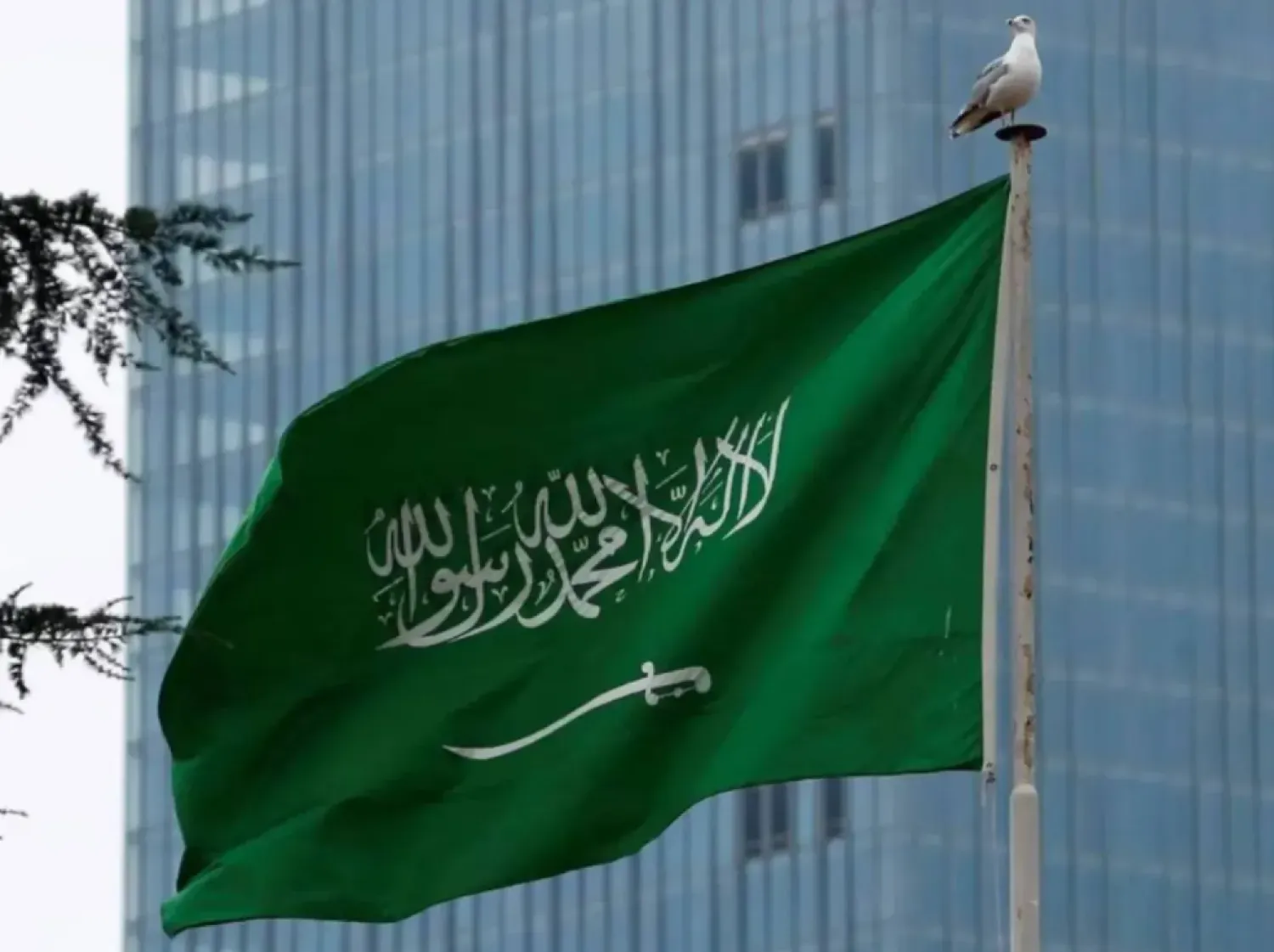Al Mashaaer Al Mugaddassah Metro line, with its nine stations, is a part of a wide array of Saudi services offered to Hajj pilgrims to ensure comfort while performing pilgrimage rituals.
The train, activated during Hajj season only, is meant to accommodate up to 350,000 pilgrims and conduct over 1,000 trips over the course of seven days. It is worth mentioning that the station shuttles more than 72,000 pilgrims per hour.
The station is home to 15 operable trains with 204 cabins in total along a stretch of 300 meters. Each compartment accommodates up to 300 pilgrims.
Al Mashaaer Al Mugaddassah Metro line is used as an exclusive shuttle train for pilgrims between holy sites in Mecca, Mount Arafat, Muzdalifah and Mina to reduce congestion of buses and cars during the Hajj season.
For his part, Makkah Region Development Authority spokesman Engineer Jalal Kaaki said that the installed electronic program, running for the second year, has been successful.
E-guidance works as a mechanism for regulating distribution of passenger flow and the speed of booking, and prevents selling tickets outside the target group.
He explained that e-tickets cover all train stations with stops at holy places.
Kaaki said that the train journey extends from Mount Arafat to Mina, passing through Muzdalifah.
The train links south-east Arafat to south-west Mina and passes through Muzdalifah, with each station about 20 kilometers apart.
Each 12 car trains can accommodate up to 3,200 passengers at a time, and have begun operating in November 2010.
The project includes nine high ground stations with a length of 300 meters per station. The train platforms are reached by means of ramps, elevators, ordinary and electric ladders, and automatic gates separating the train, loading areas and waiting areas.
In peak periods the line operates with a special "group shuttle" schedule with three departure stations and three arrival stations distributed evenly in Arafat, Muzdalifah and Mina. At each holy site on the line there are three stations.
The train also makes a connection to the Jamarat Bridge facility. The Jamarat Bridge is a pedestrian bridge in Mina used by Muslims during the Hajj ritual Stoning of the Devil.









